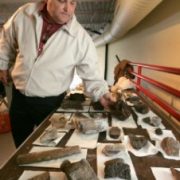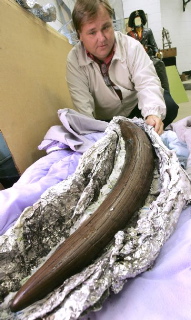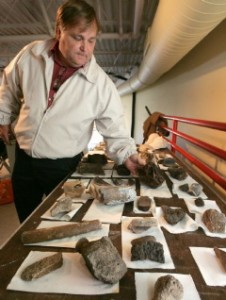Congratulations Affiliates on ending the year so strong!
Two Affiliates received SITES’ Smithsonian Community Grants, supported by MetLife Foundation:
The Orange County Regional History Center (Orlando, Florida) received $5,000 to fund honoraria, travel, materials and marketing for three programs related to the themes of Beyond Baseball: The Life of Roberto Clemente.
The Reginald F. Lewis Museum of Maryland African American History and Culture (Baltimore, Maryland) received $3,310 to fund a panel, “Clemente in Context/Clemente en Contexto,” to provide museum visitors with some historical and cultural context about Afro-Latino populations in the Caribbean and in the United States. All programming relate to the themes of Beyond Baseball: The Life of Roberto Clemente and IndiVisible: African-Natives Lives in the Americas.
Chabot Space and Science Center (Oakland, California) received $200,000 to fund the Redwoods overnight environmental education center from the Pacific Forest and Watershed Lands Stewardship Council which promotes programs and projects to bring young people in touch with the environment.
The Center for Jewish History (New York, New York), announce the expansion of its international fellowship program to include senior scholars, early career scholars and emerging artists and writers through a new five-year, $750,000 grant from The Vivian G. Prins Foundation. The grant will support fellowships for those who seek permanent teaching and research positions in North America.
Senator John Heinz History Center (Pittsburgh, Pennsylvania) received a $5 million gift from the estate of the late William S. Dietrich II to turn a vacant building into an artifacts storage facility and conservation center. The Center also received a $2 million grant from UPMC to support educational programs and operations at the museum, where the library and archives will be renamed for Thomas and Katherine Detre.
Three Affiliates received Art Works grant awards from the National Endowment for the Arts:
Michigan State University Museum (East Lansing, Michigan) will receive a $40,000 grant to support the 2012 Great Lakes Folk Festival. In collaboration with the City of East Lansing, the university will produce a festival that showcases the traditional music, dance, foodways, and other cultural expressions of the nation’s Upper Midwest using an innovative approach, highlighting the cultural sustainability and adaptive reuse (recycling) inherent in traditional culture in conjunction with modern technology (a solar powered stage).
Ohr-O’Keefe Museum of Art (Biloxi, Mississippi) will receive $34,000 to support the exhibition, George Edgar Ohr: Apostle of Individuality. Designed to be installed in the Knight Gallery, the exhibition will include works by Mississippi ceramic artist George Ohr.
Whatcom Museum (Bellingham, Washington) will receive $34,000 to support the exhibition, Vanishing Ice: Alpine and Polar Landscapes in Art, 1775-2012. The exhibition will examine the artistic legacy of the planet’s frozen frontiers — glaciers, icebergs, and fields of ice– now jeopardized by climate change through the presentation of 75 works.
Science Museum Oklahoma (Oklahoma City, Oklahoma) received a $1 million donation from Love’s Travel Stops to help kick off a capital campaign and $30 million renovation for the museum entrance and the addition of a permanent exhibit aimed at introducing young children to science.
Putnam Museum and IMAX Theatre (Davenport, Iowa) received $5,000 award from the Community Foundation of the Great River Bend to support the Putnam Power Mission video production.
Plimoth Plantation (Plymouth, Massachusetts) will receive a $235,000 grant from the state’s Cultural Facilities Fund to fund repairs, improvements, and expansions.
The Coca-Cola Foundation awarded $50,000 to the North Carolina Museum of History (Raleigh, North Carolina) for the development and implementation of the initiative “Educational Outreach Programs for North Carolina Students.”
Two Affiliates were recipients of the Council on Library and Information Resources (CLIR) 2011 Cataloging Hidden Special Collections and Archives awards:
Center for Jewish History (New York, New York) received $229,600 to fund Illuminating Hidden Collections at the Center for Jewish History.
San Diego Museum of Man (San Diego, California) received $115,200 to fund Capturing History: Cataloging the San Diego Museum of Man’s Photographic Collection.

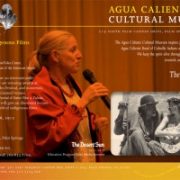


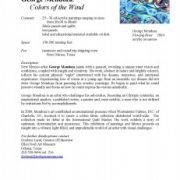
 Emails requesting exhibition exchange postings must be submitted in the following format:
Emails requesting exhibition exchange postings must be submitted in the following format: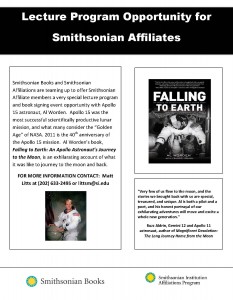 Program Exchange
Program Exchange